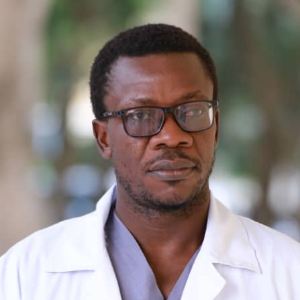Title : Knee functional outcome after retrograde femoral nailing with sign nail at mbeya zonal referral hospital, Tanzania
Abstract:
Introduction: Retrograde approach on management of femoral shaft fractures has been gaining popularity among orthopedic surgeon around the world, this is because of short operation time and easy way to position patients. Some questions are still there especially on knee pain after operation and general knee function
Methods: Retrospective review of patients with femur fracture who were operated with retrograde SIGN nail standard or fin design have been followed up for 18 months between 2018-2022. Data collected from SIGN surgical database and hospital patient register. Patients were interviewed through phone calls and some in person those who managed to attend. Oxford Knee Score, squat and smile criteria, radiological and clinical were used assess and grade functional outcome. Data were analyzed with Stata method.
Results: We studied 78 patients, with 53 males making 68% of participants, mean age 37.6 (16 years to 80 years), majority have been involved in motorway crush 83% and presented with closed femur fracture 81%. Six (7%) patients reported to have pain before surgery compared to sixteen (21%) after surgery. Older patients had significantly more pain post operation (p value=0.002), those operated with standard nail complained more of pain compared to fin nail (p value=0.003). Oxford Knee Score shows 78.2% of patients scoring >30 which is good to excellent. We observed arthritic changes in 15.5% affecting elderly (p value=0.002), pain on squatting was not significant (p value=0.296)
Conclusion: Retrograde nailing on management of femur fracture is mostly done when there is femoral neck or acetabular fracture, easy position for polytrauma patients in need of other surgeries. Knee function assessed with OKS, Squat and smile were excellent in young patients and inferior among elderly patients. We recommend retrograde approach on management of femur fracture using SIGN nails as they do not compromise knee function and impair quality of life.
Relevance of Study:
- SIGN nails can safely be used on retrograde approach without impairing knee function.
- Retrograde approach allows for easier surgery especially in settings with no fracture table or traction table.
- Without the use of guide wire and image intensifier in the operating room retrograde approach can be done with SIGN nails percutaneously.
- Rehabilitation program after surgery helps patients to regain superior functional outcome and should be started early.




